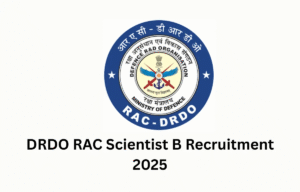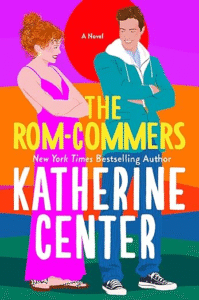The Labyrinth of “More”: Examining the Illusion of Choice in an Age of Abundance
The Allure of Limitless Selection
The initial allure of abundant choice is undeniable. The ability to personalize our lives, to tailor experiences to our precise preferences, seems like the ultimate expression of autonomy. We can curate our news feeds, select from thousands of entertainment options, and customize products to an almost absurd degree. This level of control fosters a sense of agency, reinforcing the notion that we are the architects of our own desires and experiences. The marketplace thrives on this premise, constantly innovating to offer even more variations, colors, and functionalities, promising ever greater satisfaction through ever greater choice.

The Paradox of Overwhelming Options
However, this seemingly endless horizon of possibilities can quickly transform into a bewildering labyrinth. The cognitive load associated with evaluating a multitude of options can be immense. Consider the simple act of choosing a streaming service – each boasts a vast library of content, requiring hours of research and trial periods to navigate. The fear of making the “wrong” choice, of missing out on a superior alternative, can lead to decision paralysis, a state where the sheer volume of options prevents us from making any choice at all. This phenomenon, often referred to as “choice overload,” suggests that beyond a certain threshold, more options lead to less satisfaction and even regret.
The Subtle Manipulation of Desire
Furthermore, the constant exposure to a plethora of choices can subtly manipulate our desires. Marketing and advertising industries expertly exploit our innate fear of missing out (FOMO), constantly presenting us with new and “better” alternatives. This creates a cycle of perpetual dissatisfaction, where the latest acquisition or subscription never quite fulfills its promise because the next enticing option is always just a click away. In this sense, the abundance of choice can paradoxically limit our contentment, trapping us in a never-ending pursuit of the “ideal” that remains perpetually out of reach.
The Masking of Systemic Constraints
Moreover, the illusion of boundless choice can mask underlying structural limitations. While we may have countless brands of coffee to choose from, the fundamental economic and social structures that determine access to resources and opportunities often remain unchanged. The availability of a thousand different shades of lipstick does little to address systemic inequalities in healthcare or education. In this context, the focus on individual consumer choice can serve as a distraction from broader societal issues that truly limit freedom and agency for many.
Re-evaluating Freedom in an Age of Abundance
In conclusion, while the proliferation of options in the modern world initially appears to be a hallmark of freedom and empowerment, a deeper analysis reveals a more complex reality. The overwhelming cognitive burden, the manipulation of desires, and the masking of underlying structural limitations suggest that this abundance can paradoxically lead to a sense of constraint. True freedom may not lie in the sheer quantity of choices available, but rather in the ability to make meaningful decisions without undue stress, to cultivate contentment with what we have, and to address the systemic issues that truly shape our lives. As we navigate this era of unprecedented abundance, it is crucial to critically examine the illusion of choice and to seek a more balanced and mindful approach to the myriad possibilities that surround us.




















